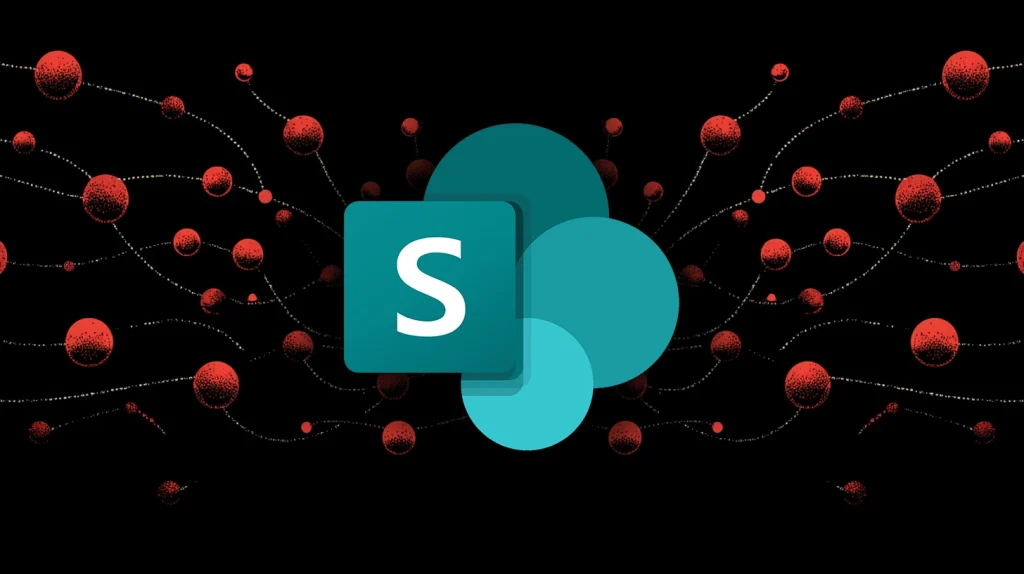Microsoft has issued a critical warning following active exploitation of a zero-day vulnerability in on-premises SharePoint server software. Targeting internal document-sharing platforms used by businesses and government agencies, this backdoor breach enables attackers to impersonate trusted services and intercept credentials posing a major risk to enterprise IT infrastructure.
How the Vulnerability Works
This zero-day flaw permits network-level spoofing, letting attackers masquerade as legitimate internal systems. Cybercriminals may harvest credentials and remain hidden even after initial system patches, as they could have preinstalled backdoor access. Crucially, the vulnerability does not affect cloud-based SharePoint Online, but remains highly dangerous for on-prem deployments.
Scope and Impact
Estimates suggest that tens of thousands of on-premises SharePoint servers are vulnerable worldwide. Major U.S. and international organizations including federal and state agencies, universities, energy firms, telecoms, and European governments have been compromised. In several cases, attackers obtained server cryptographic keys, enabling persistent infiltration even post‑patch.
Official Guidance and Emergency Measures
Microsoft has already released security patches for SharePoint 2019 and Subscription Edition and is finalizing an update for SharePoint 2016. Until the full patch is available, organizations with unprotected servers are strongly urged to disconnect them from the internet and limit network exposure to prevent further exploitation.
Inter‑Agency Response
Multiple cybersecurity bodies, including the FBI, CISA, and U.S. Department of Defense Cyber Command, are investigating the attacks alongside Microsoft. Security researchers identified the vulnerability mid-July, noting that the exploit stems from bugs showcased in recent hacking competitions. The global response underscores how widespread and urgent the threat is.
Business and Security Implications
For organizations operating critical SharePoint infrastructure, the incident is a stark reminder of persistent cybersecurity risks. Ignoring Microsoft’s patch advisory could result in severe data breaches, supply-chain infiltration, or manipulation of internal communications. The ability to spoof internal identities could also enable fraud, data tampering, and unauthorized system control.
What You Should Do Now
- Patch immediately if you use SharePoint 2019 or Subscription Edition.
- Monitor Microsoft channels for the pending SharePoint 2016 fix.
- Take affected servers offline or restrict them to trusted internal networks until secured.
- Audit logs and authentication systems for signs of unauthorized activity or credential theft.
- Coordinate with cyber authorities to share intelligence and support broader threat detection efforts.
Conclusion
The Microsoft SharePoint zero-day exploit represents one of the most significant on-premises server threats in recent years. With government agencies and corporations worldwide among the victims, urgent compliance with patching protocols and temporary isolation measures is vital. This incident should also prompt organizations to rethink their server exposure and internal access policies to better secure critical systems.



Comments (0)
No comments yet. Be the first to comment!
Leave a Comment